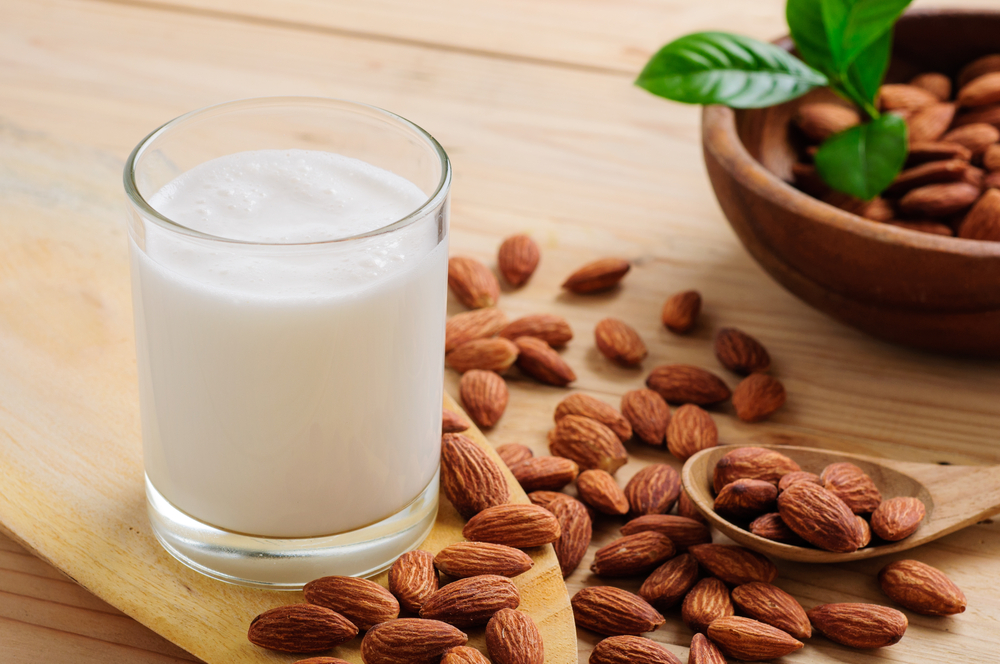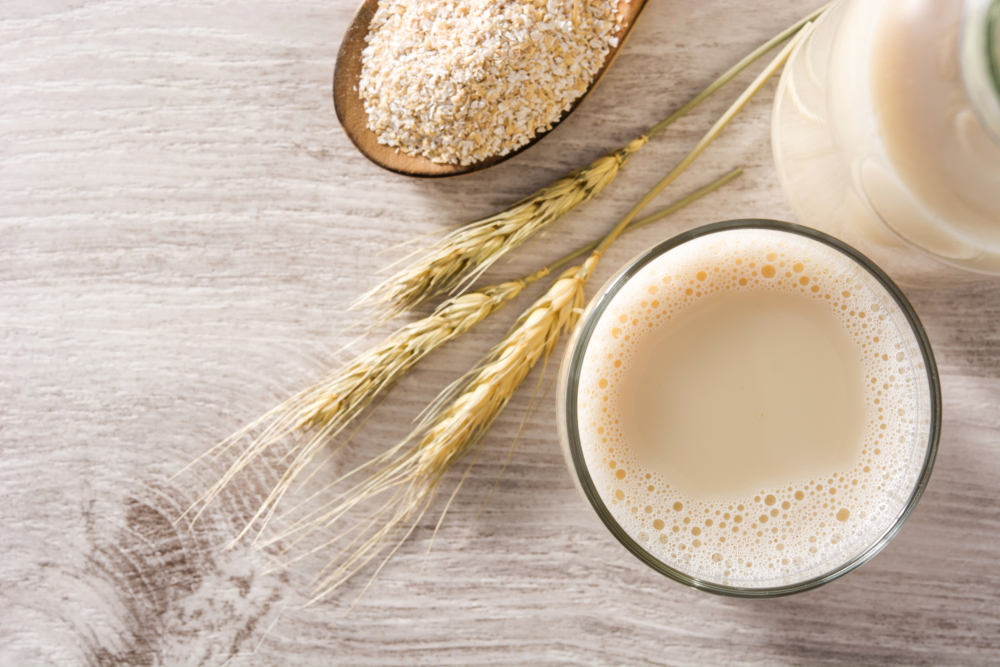There are a dizzying array of cheese varieties out there. Every cheese has its own texture, smell, firmness, and of course, taste. With such a broad brush to paint with, it can be easy to get left behind, wondering what certain cheeses on the charcuterie taste like.
Fontina cheese is a popular one in fondues, and in several Italian dishes. But what does fontina cheese taste like?
Fontina cheese is an Italian cow’s milk cheese with a hard texture and medium-sharp flavor. It is nutty, savory, and mild. Fontina cheeses made in other countries have different flavors and textures to Italian varieties.
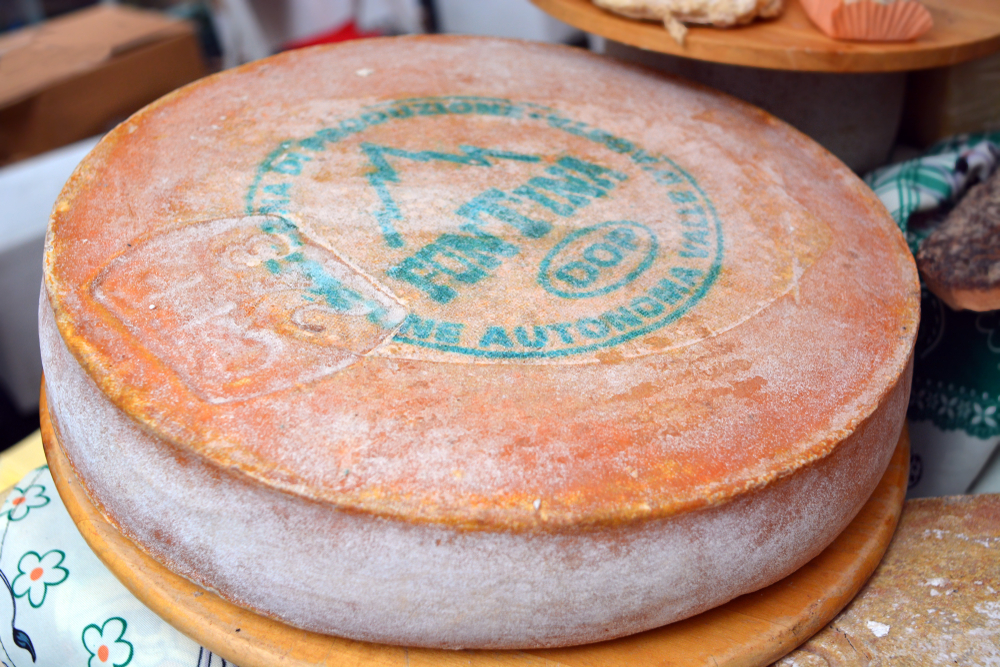
What Does Fontina Cheese Taste Like
Fontina cheese has a longstanding history. It was originally made in the Alps, as far back as the 12th century. It was first made in the Valle d’Aosta, where it is still produced today.
This cheese is made in wheels, usually measuring 13 to 15 inches in diameter, and 3 to 4 inches thick. You’ll be able to identify fontina that has been made in Europe by the stamp of the Matterhorn it is adorned with, including the word FONTINA.
Fontina does have a few derivatives, like Fontinella, Fontal, and Fontella. The original version from the Alps is the most famous and recognizable. Other varieties are made all over the world, including in Denmark, Sweden, France, Quebec, Argentina, and the US.
US grocery stores are likely to carry the Danish and Swedish versions. These varieties will have a distinctive red, waxy rind to set them apart from others.
How Fontina Is Made
Valdostana cows are used to make the milk that goes into fontina cheese. Despite dry summers, these cows enjoy grazing on the lush green grass that grows in the high altitude pastures.
These unique grasses are what makes it so creamy and pungent. The milk is heated in large, copper cauldrons before enzymes are added. The enzymes and calf rennet encourage the milk to coagulate, which forms curds.
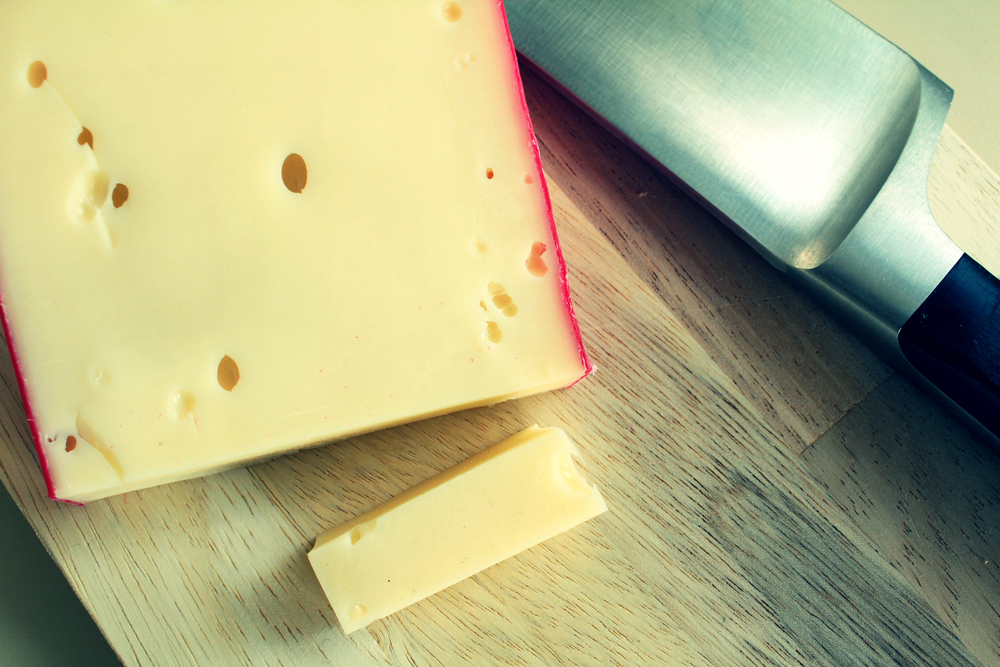
The curds firm up before they’re strained through a cheesecloth. Then it’s into the molds and left to brine for two months. That, however, is not the end of the aging process: after the first round of brining, it is aged again in caverns. In these caverns, it is kept in humid conditions and salted for three months.
No artificial preservatives are added to the process of making fontina, and it is naturally gluten free.
Taste
When looking at what fontina cheese tastes like, you must consider the type you are eating. Because every place that makes it has a slightly different spin on the cheese, you will find subtle differences.
Valle d’Aosta Fontina
Italian cheese are the most similar to the originals that you can buy. It has a strong aroma and distinctly earthy flavor. It is compared to mushrooms, usually. That myconid aroma is very present if the cheese has been made with unpasteurized milk.
The flavor, as with all fontina cheeses, is mildly sharp, somewhat savory, and an intense taste. Fontina cheese tastes sweet and pungent, with buttery undertones. Tasters will detect roasted nuts and a taste that lingers on the palate.
In the caverns where it ages, the cheese absorbs up all of the moisture that is present in the humidity. Fontina cheese has distinct aromas and nuances that are unique to this cheese. Cheesemakers all have their own signature flavors and styles.
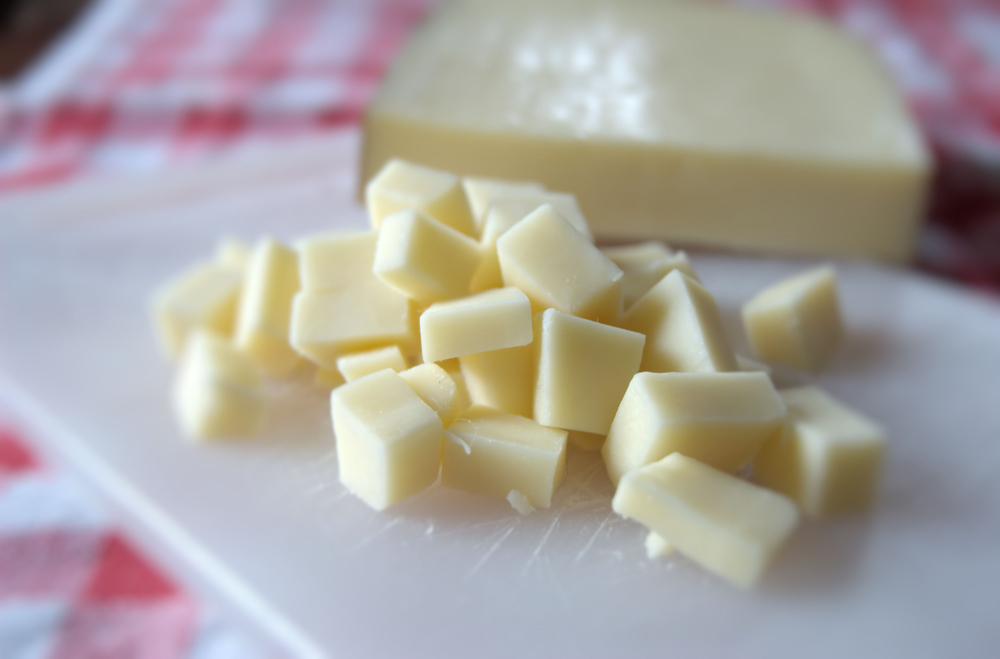
For example, a cheesemaker that makes their cheese in a grotto will have a different taste than one that makes theirs in a tunnel, and so on. The en
Italian fontina is slightly less moist than others. This makes it a bit harder, not melting as well as its contemporaries.
Danish Fontina
Danish fontina cheese is made with pasteurized milk that is brewed for a much shorter time. The result of this is a lighter, softer cheese. It’s less intense while remaining nutty and savory. It melts beautifully, making it perfect for fondue.
Swedish Fontina
Swedish fontina is pale yellow and sports the iconic right red wax rind. The flavor is more tart than standard creamy Italian fontina; the tangy notes are palpable. It finishes with subtly sweet and nutty flavors, with something even mildly yeasty about the taste.
This cheese is a dream to shred or slice,
American Fontina
American fontina cheese is made similarly to the Danish method, but it adds citric acids to promote pH adjusts. It has a high humidity, and is a very moist cheese. This type of cheese has a relatively short shelf life.
The taste of American fontina is similar in the creamy mushroom-like earthiness that is present in the Italian and Danish methods. It is however the most mild fontina available.
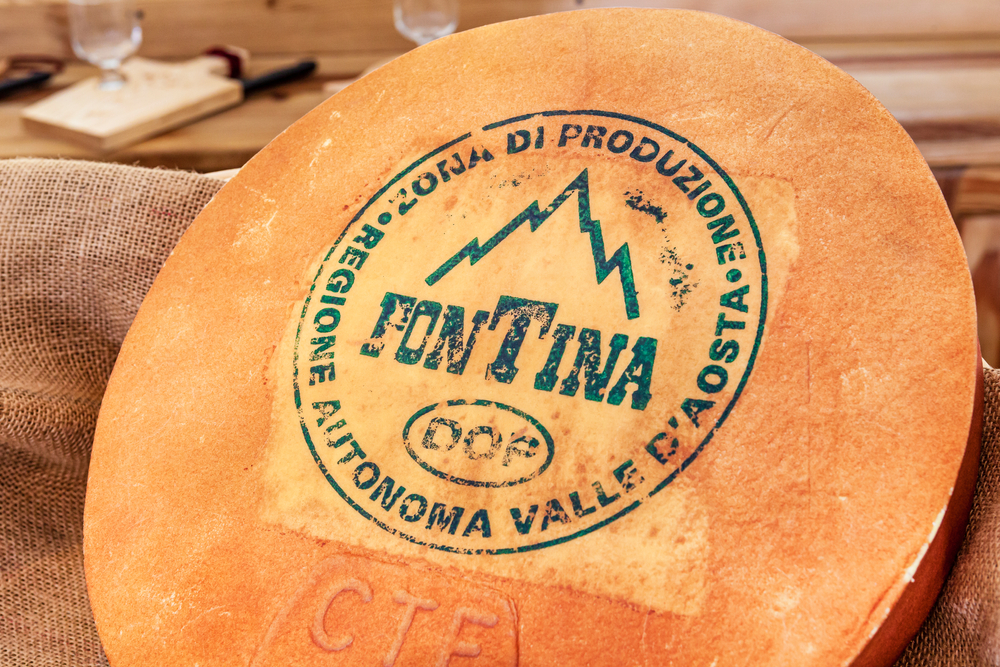
Frontal
Frontal cheese is a derivative of fontina cheese. It has similar origins in Italy, but it differs slightly in taste and appearance. Frontal cheese is a deeper yellow color, as opposed to the pale tone of fontina. It also has small holes.
Fontal cheese is especially mild. It’s described as a ‘table cheese’ that pairs perfectly with tart grapes and a warm, hard-crusted bread. It’s a slightly melting cheese with faint spiced notes. It’s milky, with that light spice and low salt content. It’s a medium-ripeness cheese.
The process of making fontal cheese leaves it soft and supple. It has delicate, fruity, aromatic notes.
Fontinella
This sweeter, semi-hard cheese is an American product. In particular, it is crafted in Wisconsin, where it has been cultivated for a hundred years. There’s a distinctively sweet taste to fontinella, one that sets it apart from fontina.
The flavor is creamy, reminiscent of butter and heavy creams. There are still hints of the distinctive sharpness, with faint nutty flavors. Fontinella is excellent for melting, making it popular in fondue.
Aroma
Fontina cheese smells as it tastes. It is nutty, savory, and slightly tangy. It smells like a well aged hard cheese, similar to parmesan.
Conclusion
Fontina cheese tastes like a savory, nutty cheese. It has tangy notes and and intense flavor. Traditionally made in Italy, it is also made in Sweden, Denmark, the US; each has their own way of making it. All of these cheeses will taste slightly different, with most noting the Italian version being the most authentic.



